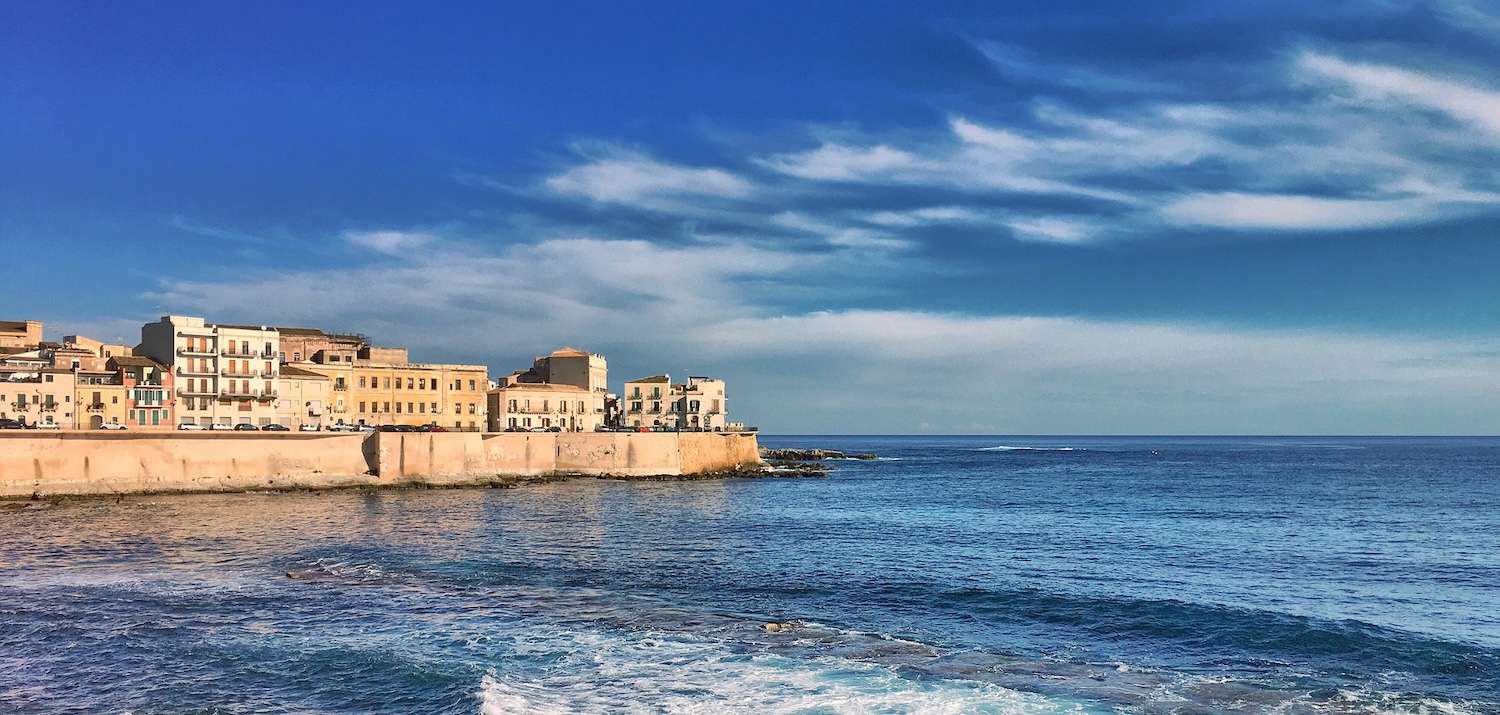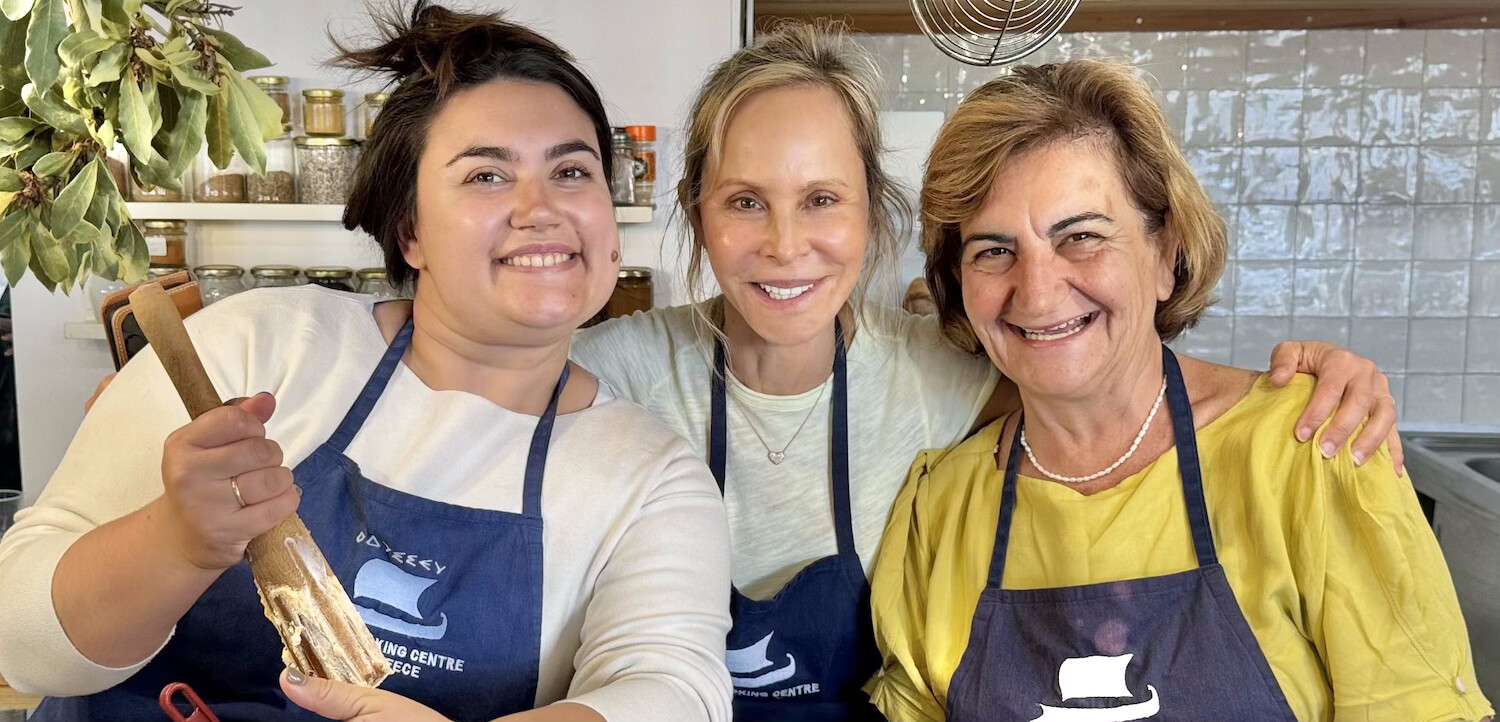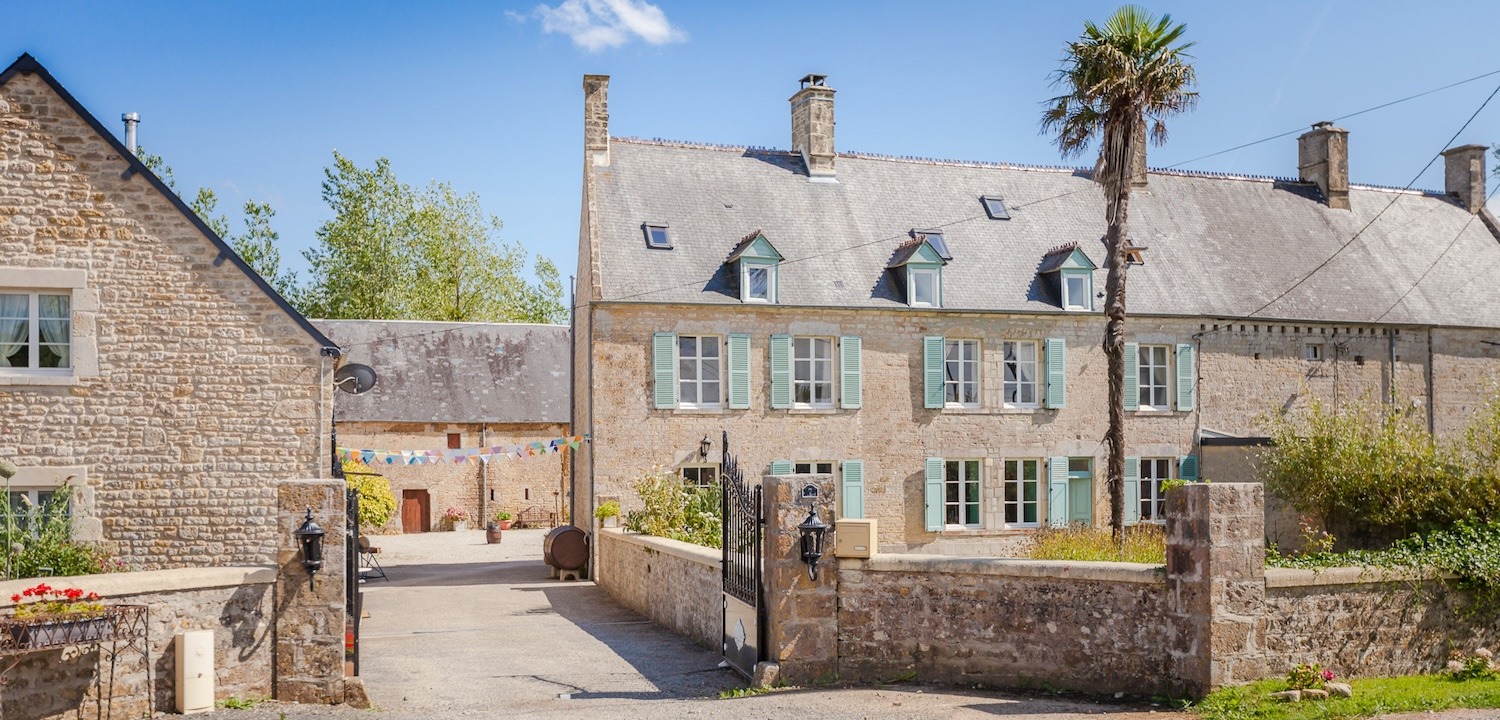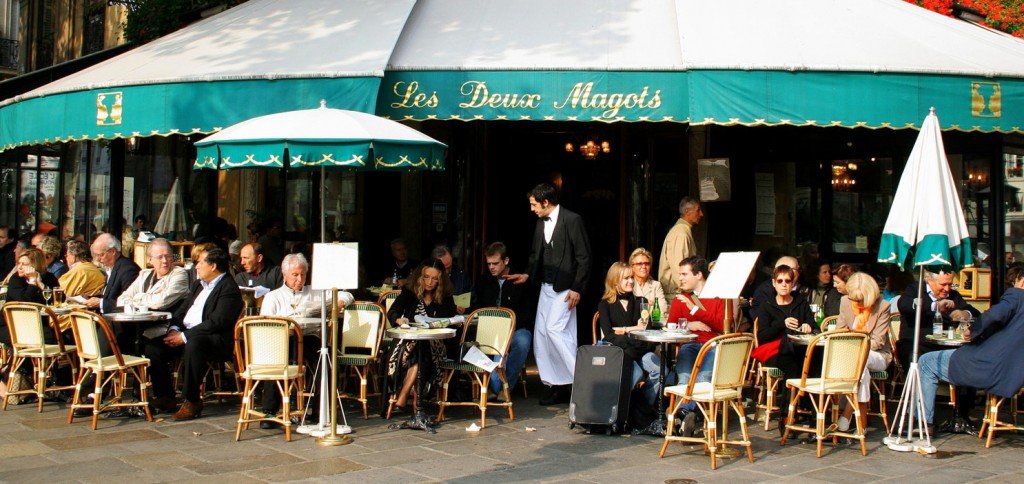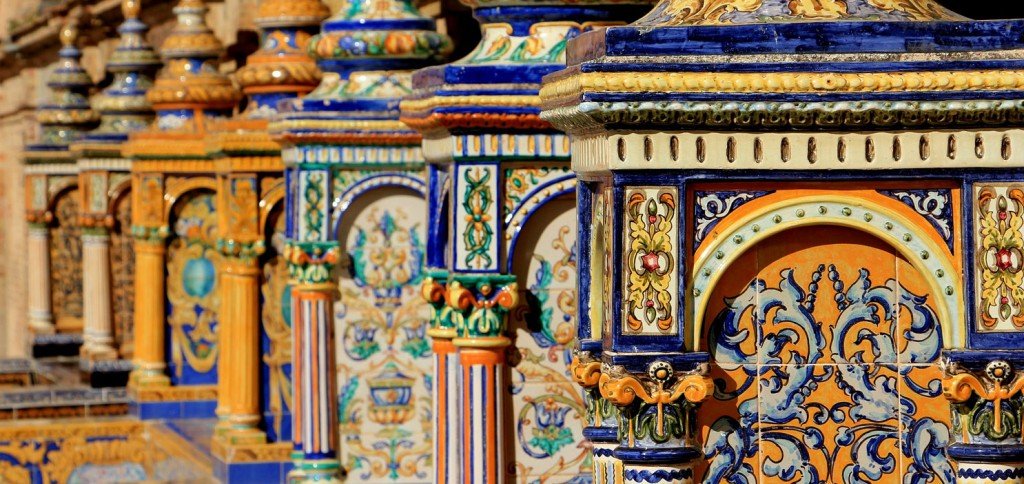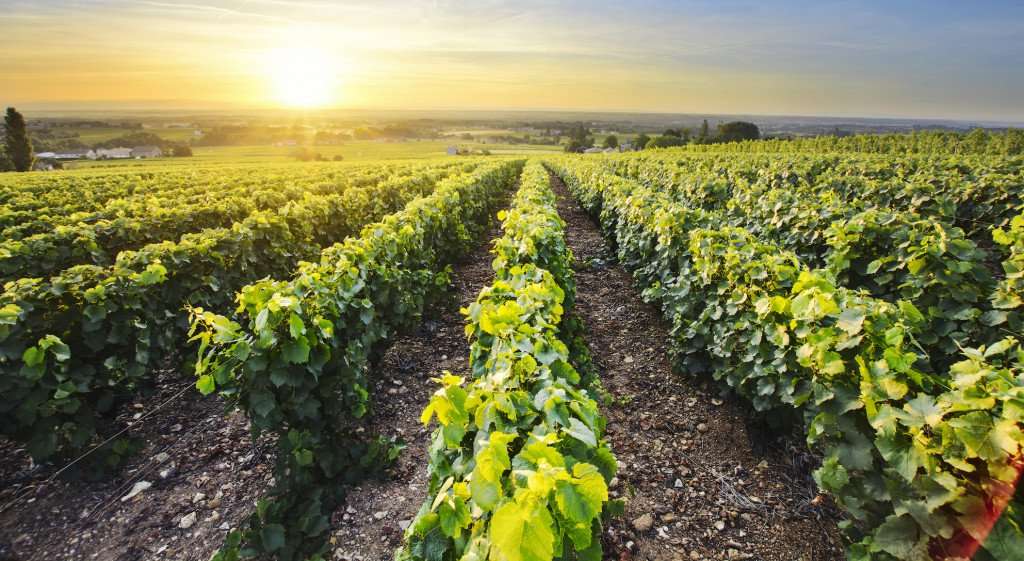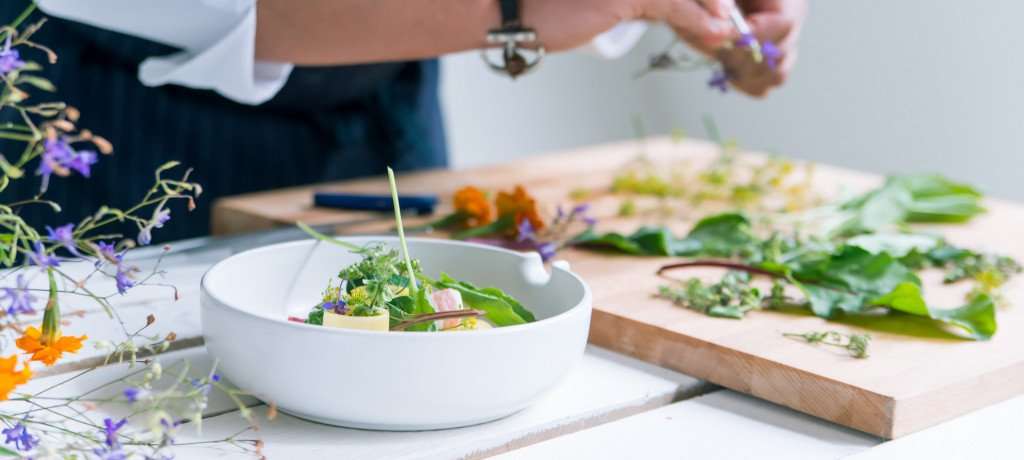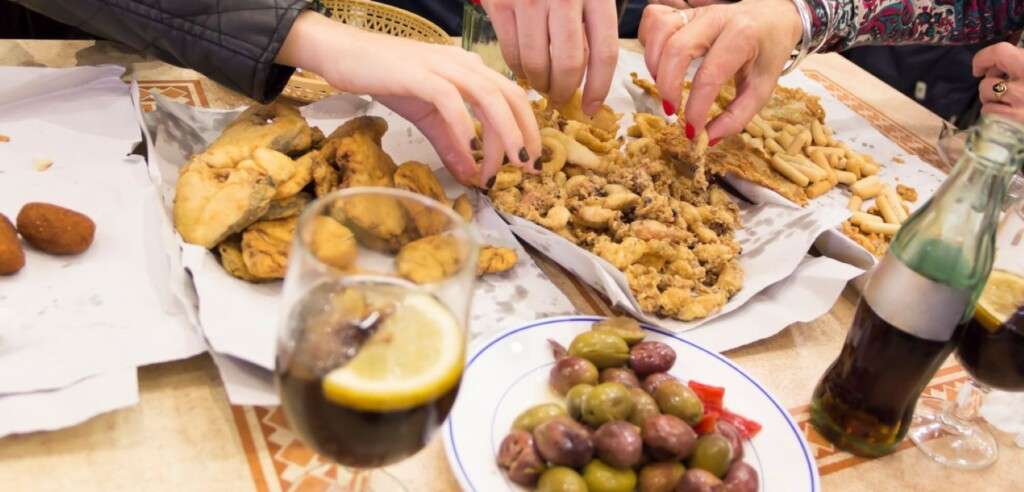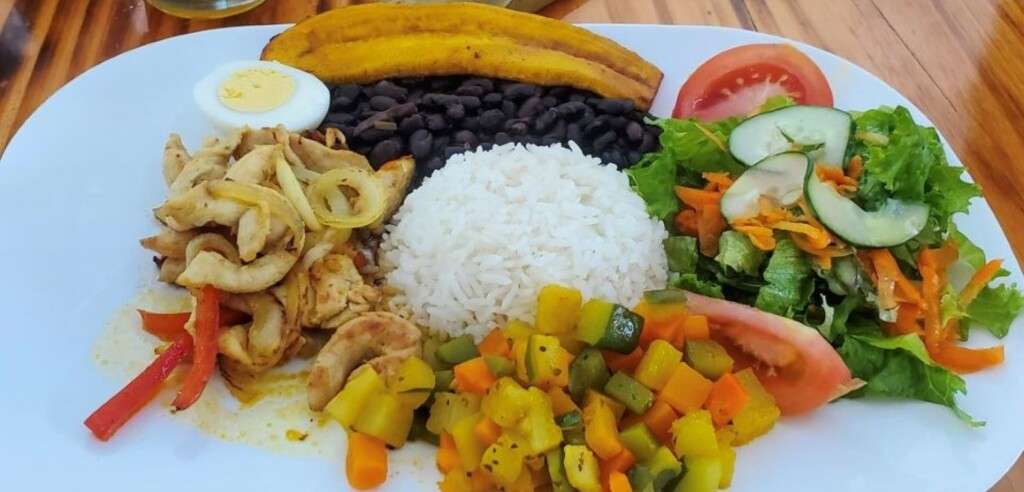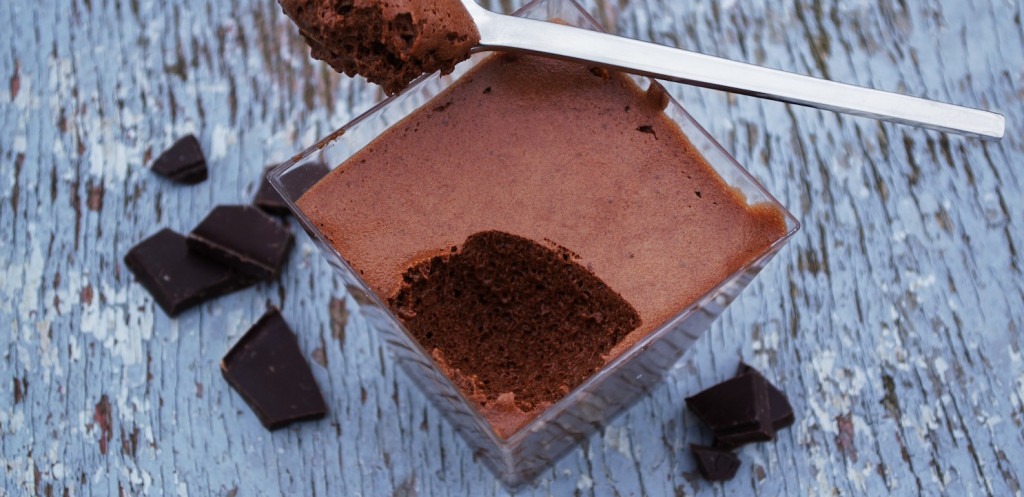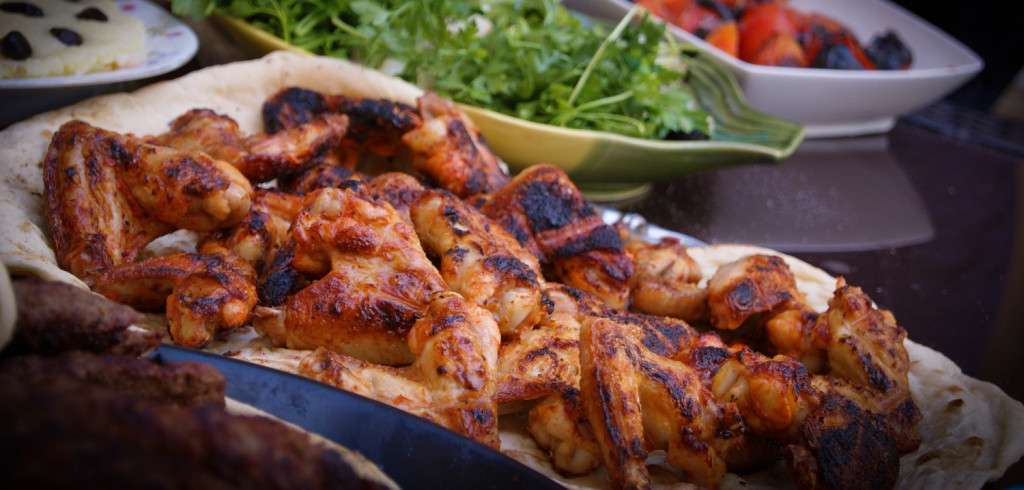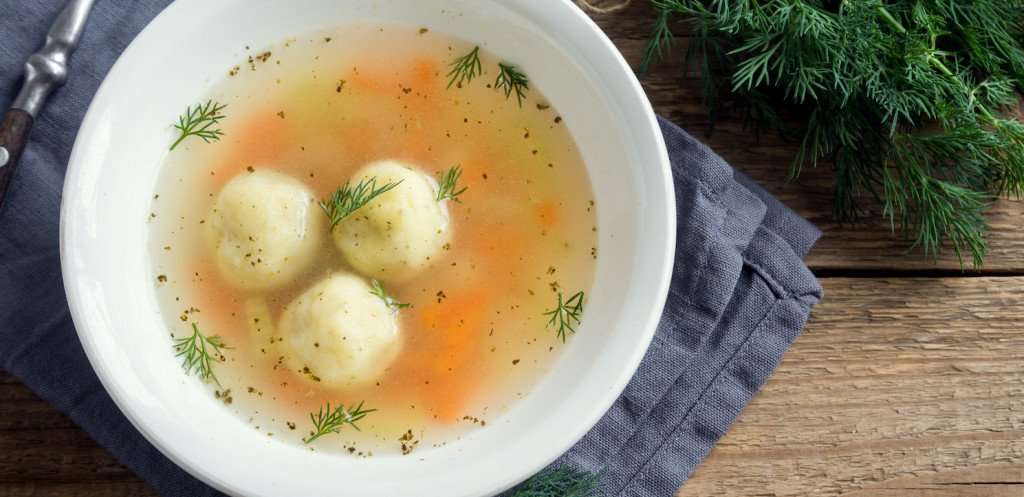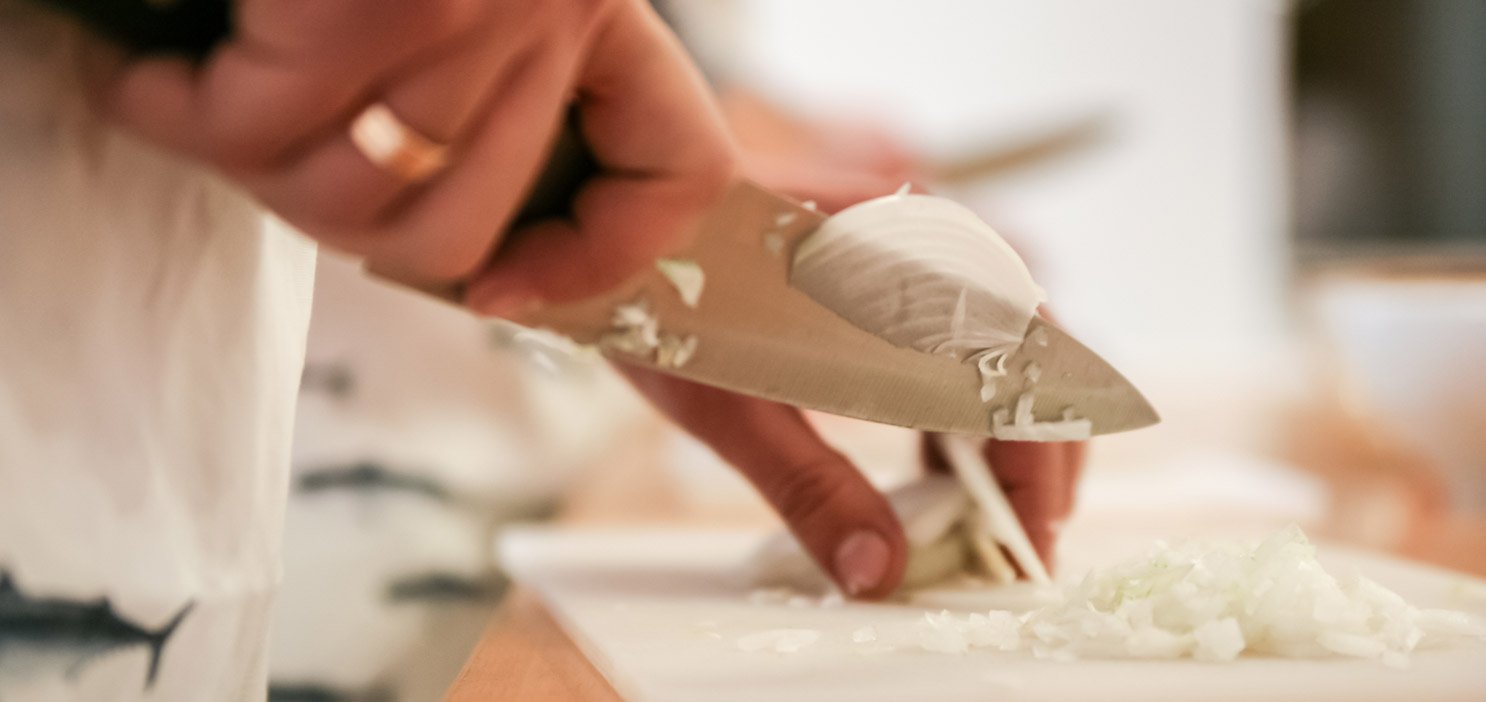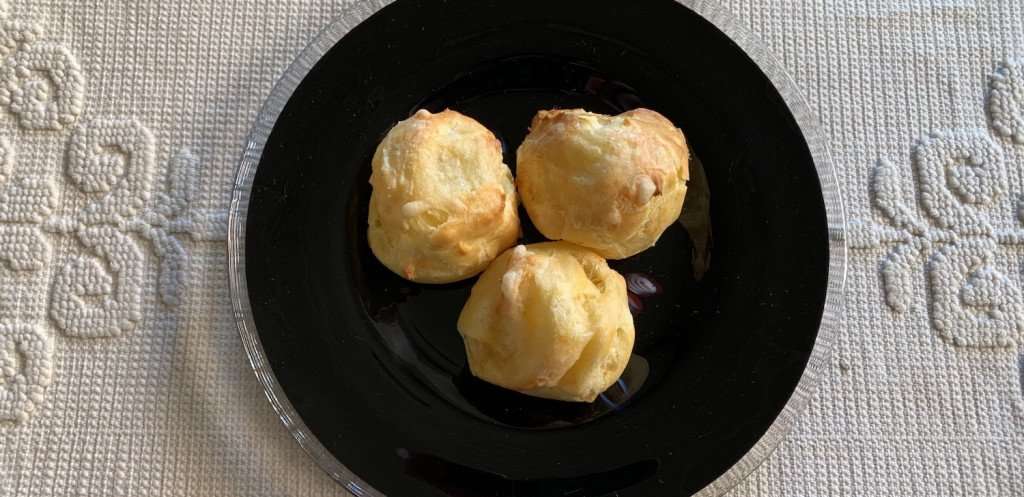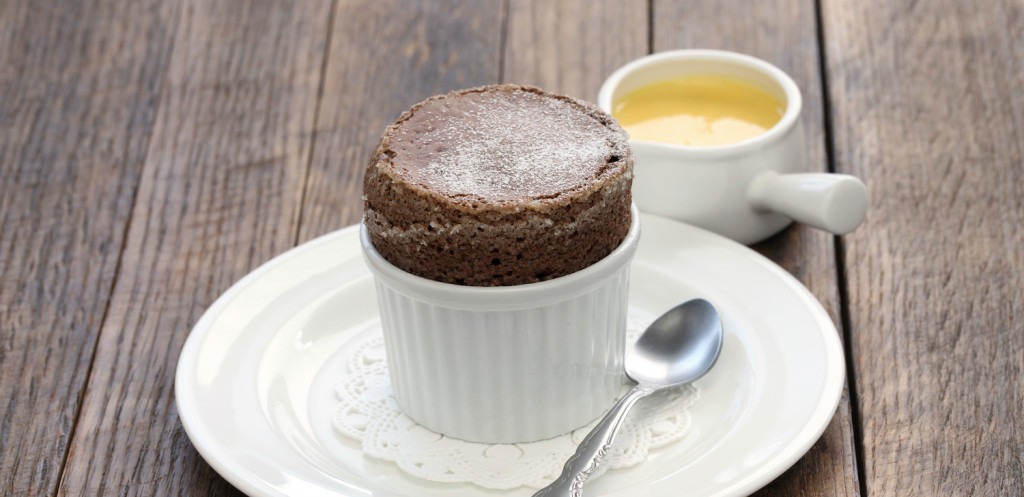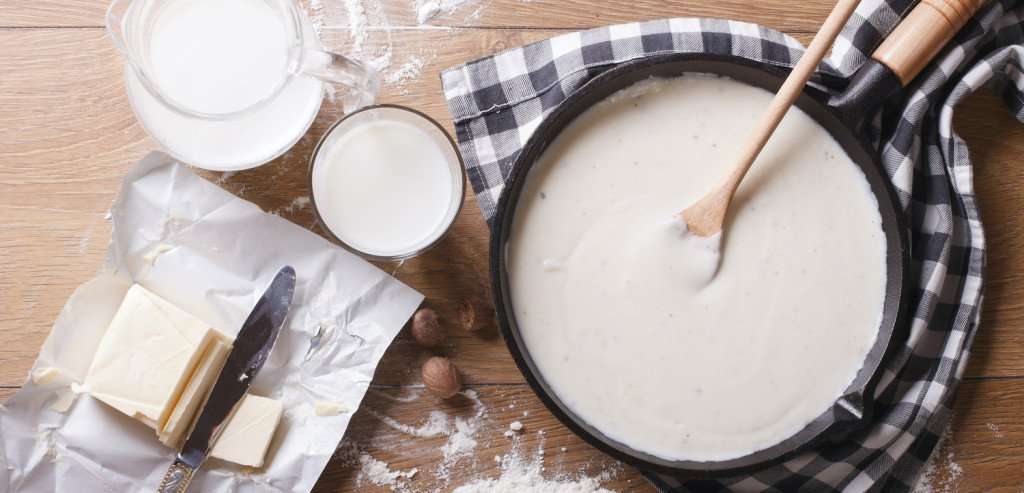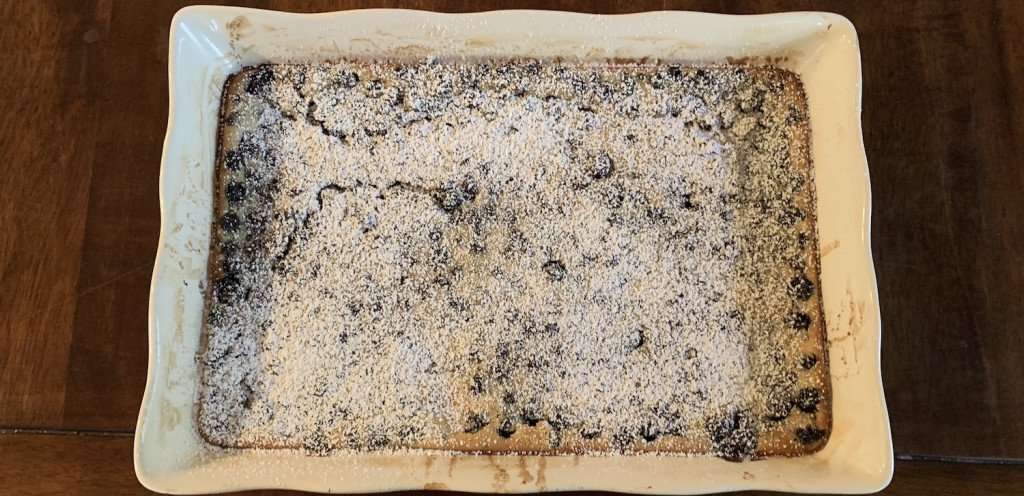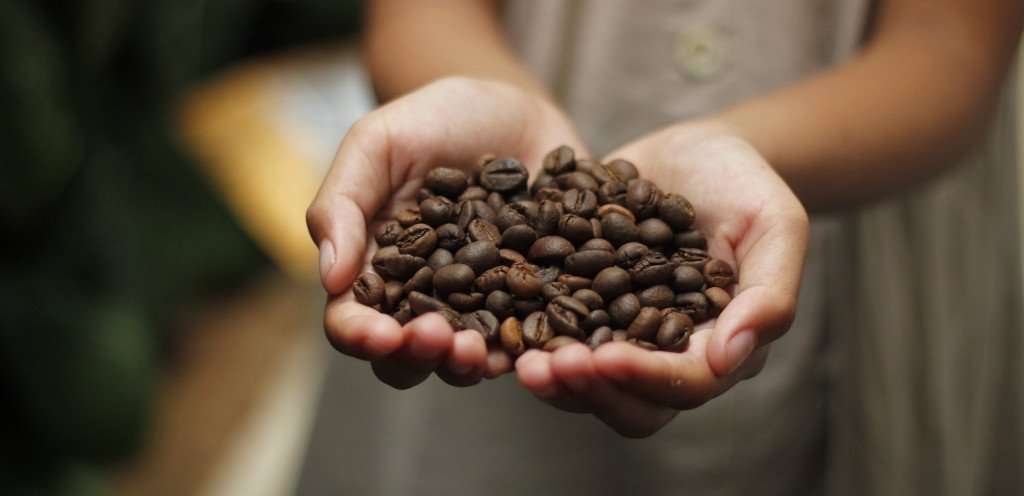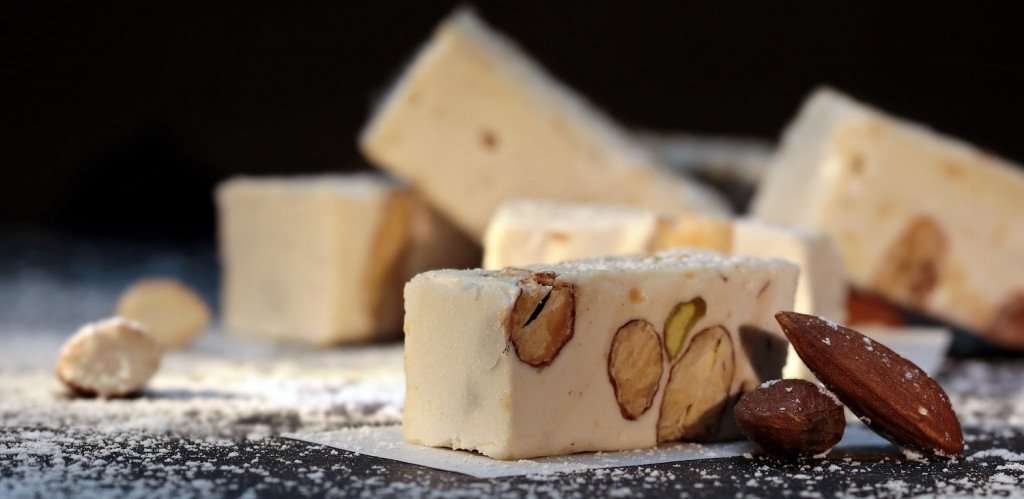
- The International Kitchen
- Recipes
- A History of Croissants – Plus a Recipe!
A History of Croissants – Plus a Recipe!
-
-
 Happy National Croissant Day! We all know what a croissant is, right? It’s a flaky, butter, crescent-shaped pastry (“croissant” means crescent) from France. But a croissant is so much more. It is perhaps one of the most quintessentially recognizable French foods, a symbol of the nation itself as surely as is the baguette.
Happy National Croissant Day! We all know what a croissant is, right? It’s a flaky, butter, crescent-shaped pastry (“croissant” means crescent) from France. But a croissant is so much more. It is perhaps one of the most quintessentially recognizable French foods, a symbol of the nation itself as surely as is the baguette.
 What Defines a Croissant?
What Defines a Croissant?
We would say that a few things define a croissant.
- the use of a yeasted dough
- the laminated finish
- the crescent shape
Unlike some other layered, laminated pastries (like puff pastry), croissant pastry uses a dough leavened with yeast. This is then layered with butter, rolled, folded, rolled, folded, rolled, folded…. you get the picture. The end result is of course the wonderful flaky, buttery texture of a good croissant.
 Are Croissants Really French?
Are Croissants Really French?
Croissants can be found in almost every country in the world now, but their origins purported come from Austria, where a pastry called a “kipferi” was the first variation, although it was made without the lamination. However, the modern version of the croissant seems to have come from an Austrian baker, August Zang, whose bakery in Paris started producing the crescent-shaped variety. (There is even a book on the subject: August Zang and the French Croissant: How Viennoiserie Came to France, by Jim Chevallier.) We’ll leave it up to you whether to call them French or Austrian.
Types of Croissants
Of course, in addition to the typical “plain” croissant, various fillings can be added such as chocolate (pain au chocolat) or almond paste. If you travel outside of France you’ll find even more variations, including with savory fillings and fruit, nutella, creme patissiere, raisins, nuts, and more. What is your favorite type of croissant? See more of our French cooking vacations and one-day cooking classes a la carte.
Recipe for Croissants
-
-
-
-
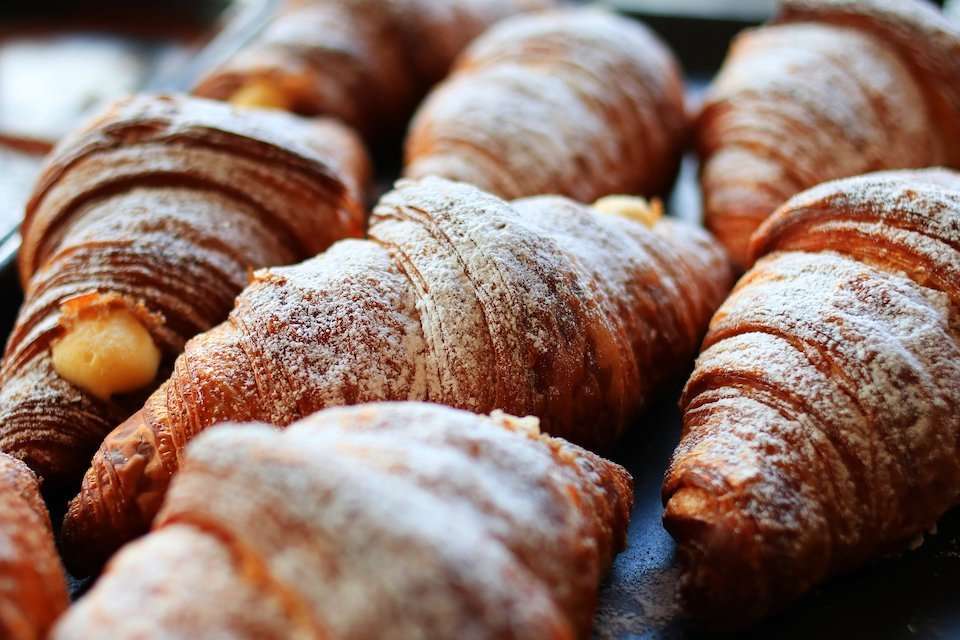
Ingredients
- 500 gr flour
- 1 egg
- 10 g salt
- 125 gr butter, room temperature
- 30 gr yeast
- approximately 200-300 ml water
- 20 g sugar
Instructions
- Mound the flour on your workstation, make a well in the center down to the tabletop.
- Add all the other ingredients except the butter, then slowing mix the ingredients in the we together using your fingertips until the salt and sugar are dissolved.
- Gradually draw the flour into the mixture and work it until you have a smooth dough. You may need to add more water to achieve this.
- Roll out from the center of the dough in 4 directions, but leaving a raised mound in the middle.
- Place the butter on top of the mound, then cover it with each of the 4 ears (one at a time), stretching each one slightly. You should have formed a square.
- Lightly flour your board, and roll out a rectangle of approximately 30 cm (about 1 foot).
- With the rectangle oriented in front of you vertically, fold the top third down, and the the bottom third up, to again form a rectangle (now horizontal). Rotate it 90 degrees so that it is again oriented vertically.
- Let rest 10-15 minutes, the roll upwards and down again until it is once more 30 cm (1 foot). Repeat the process again, allowing the dough to rest between each time, until you have done it a total of 6 times. (The more you fold, the more layers you will have!)
- At the end of the process, roll the dough into a thinner rectangle of about 50 cm (20 inches). Cut the dough down the middle, then cut triangles, 6 per side, or 12 total.
- In the middle of the long side of the triangle cut a small nick, then roll up from that same side to form a tube, curving the ends round to form the croissant shape.
- Place on a baking tray, glaze with an egg wash, and let rise for 45 minutes.
- After the dough is proved, bake at 200 degrees C (400 degrees F) for about 20-25 minutes, or until golden brown. Enjoy them with a coffee on National Croissant Day or any time!
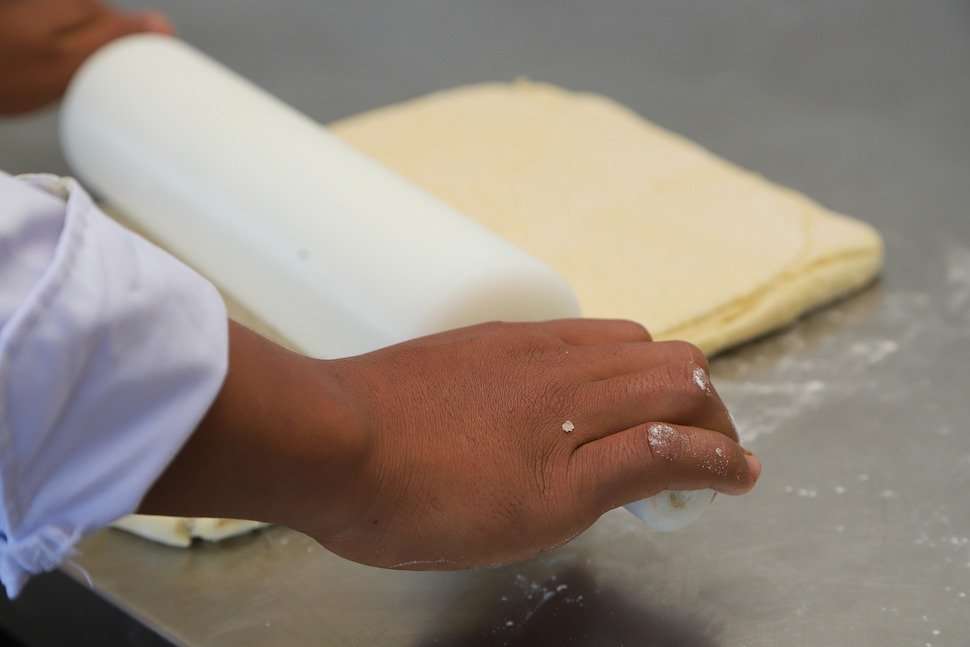
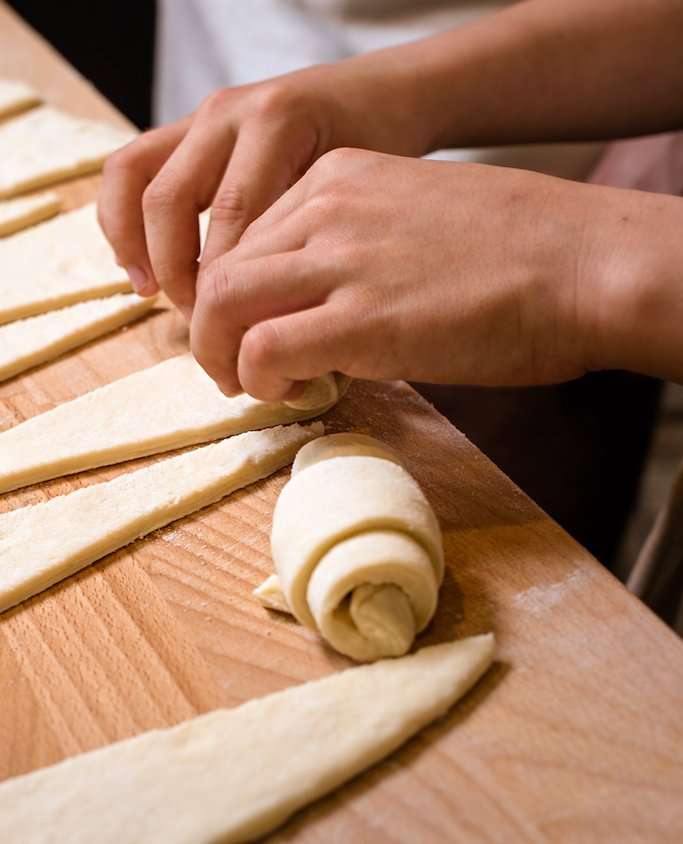
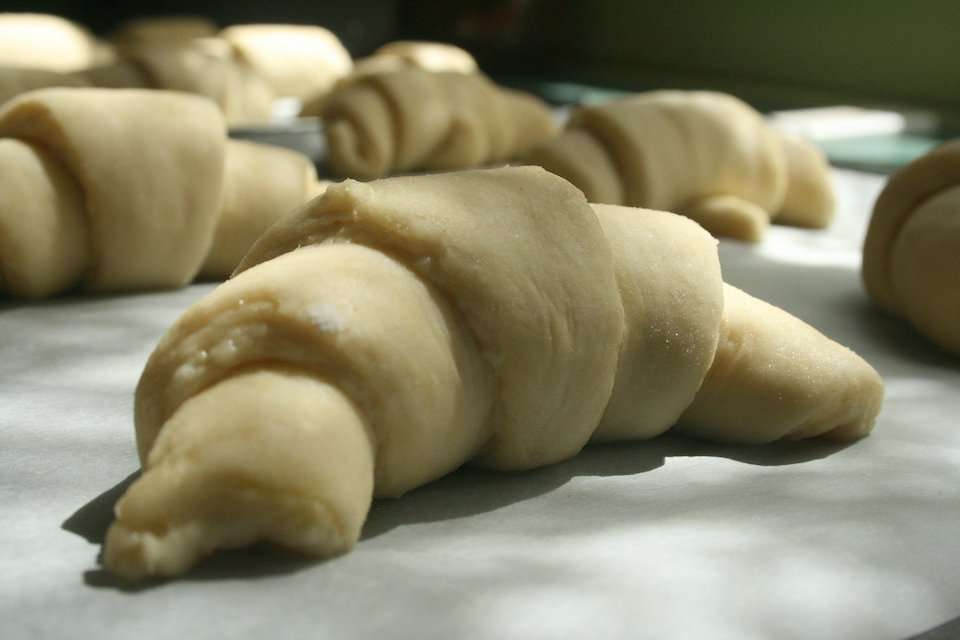
Sign up to Receive Our Newsletter
As well as travel tips, promotions, and information on our best cooking vacations.
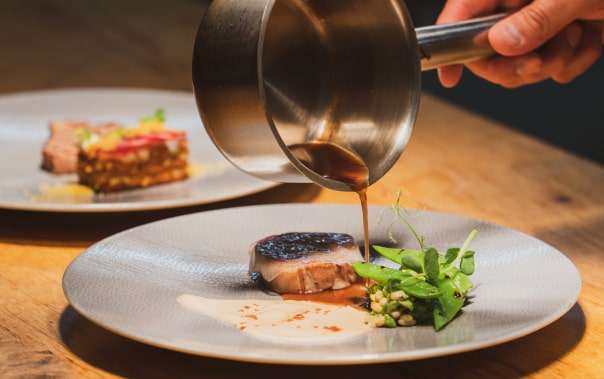
recipes
Related Recipes
blog

